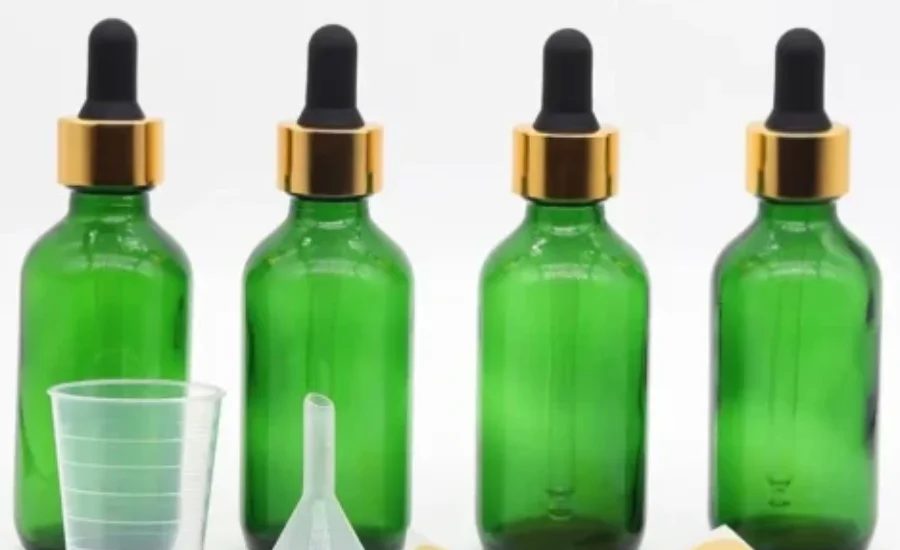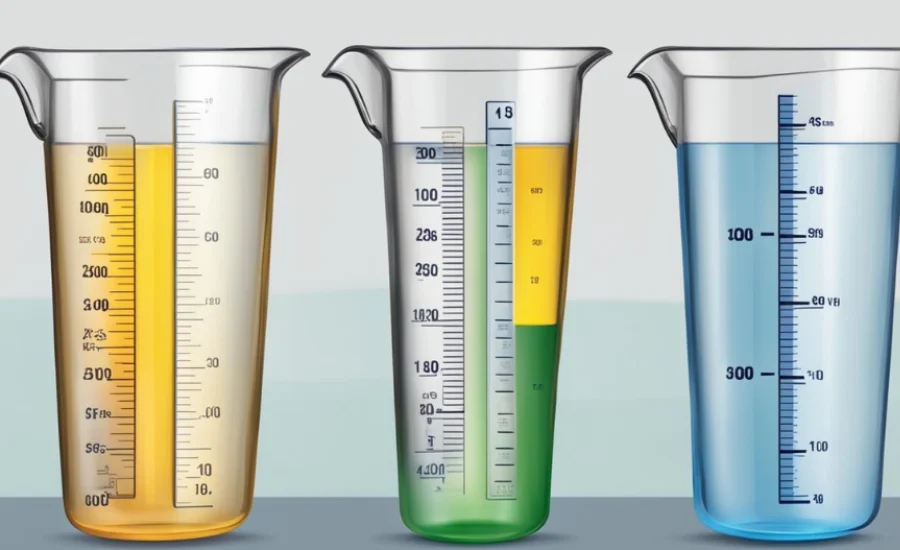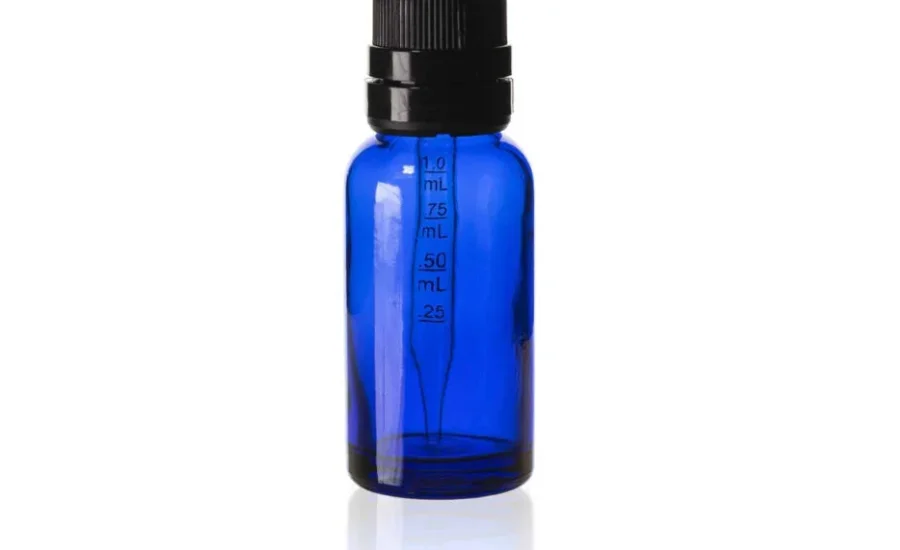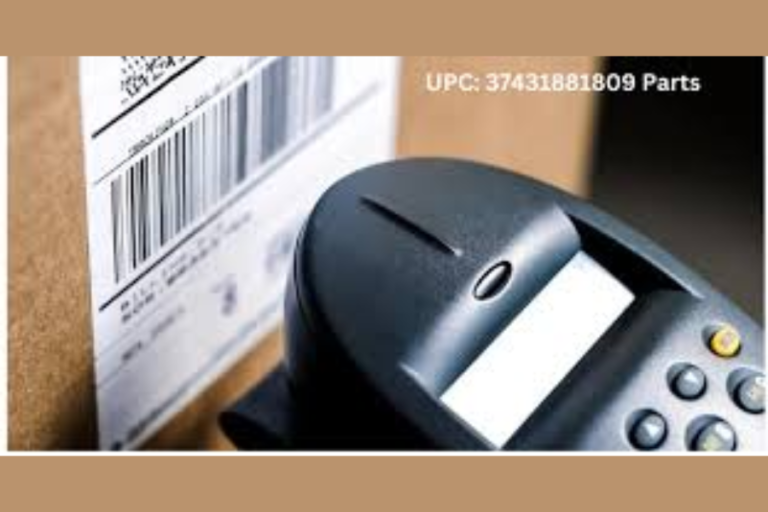Rounding ml in an oz naplex 30: 5 Essential Tips for Precision and Confidence
Precise conversions between units are essential in pharmacy, particularly when working with drugs that require precise measurements. A frequent task for pharmacists is to convert between milliliters (mL) and ounces (oz). Knowing how to round mL in an oz context is crucial for anybody preparing for the NAPLEX, particularly in an exam environment such as NAPLEX 30.
While preparing a friend for the NAPLEX a few years ago, I observed that she had diligently memorized key conversion factors. However, the real challenge lay not in the calculations but in knowing the appropriate times and methods for rounding. This aspect can often be overlooked but is vital for ensuring accuracy in both exam scenarios and everyday pharmacy tasks.
Whether to round to the closest tenth or hundredth is one often asked question. In reality, rounding to the nearest tenth may be adequate for liquids in some formulas, while more exact rounding to the hundredths may be required for others. The answer is typically dependent on the context. It’s important to comprehend rounding standards since they have a big influence on how accurately medicine doses are calculated.
Pharmacy students and professionals may make sure they are proficient in their professional practice and well-prepared for the NAPLEX by learning these conversions and the subtleties of rounding. Precise computations demonstrate a thorough comprehension of pharmacological concepts and enhance patient safety and efficient drug administration.
Converting Milliliters to Ounces for NAPLEX Success
It’s important to know the basic conversion formula for NAPLEX 30 in order to convert milliliters (mL) to ounces (oz) with confidence. One ounce is roughly equivalent to 29.57 mL. This information is especially crucial when making drugs and managing doses, as accuracy is crucial.
Rounding becomes a key factor in this process, as accurate dosing is essential in meeting pharmacy standards. Many practitioners simplify their calculations by using the approximate value of 30 mL per ounce, which facilitates quicker mental math during busy shifts or exam conditions.
However, it’s vital to appreciate the subtle yet significant impact that rounding can have on patient care. Small discrepancies in dosing can lead to varied therapeutic outcomes, making attention to detail crucial in clinical settings.
Regular practice with these conversions and rounding strategies will enhance your skills and build confidence, whether you’re preparing for test day or navigating daily pharmacy tasks. Embracing these concepts will not only aid in exam success but also ensure the highest standards of patient care.
The Importance of Accurate Medication Dosage for Patient Safety
The safety of patients and the efficacy of therapies depend critically on the administration of precise pharmaceutical doses. Serious health concerns can arise from even small dosage differences; an overdose or underdose can impair treatment effectiveness or cause unpleasant responses.
Because they must consider a number of parameters, like as a patient’s age, weight, and medical history, in order to establish the proper medicine dose, pharmacists are crucial to the maintenance of exact dosages. This meticulous thought process is important for developing patient trust in their care, not merely for following protocols. Patients are more inclined to follow recommended regimens when they feel their drugs are being given appropriately. On the other hand, any disparities might erode that confidence and result in noncompliance.
Furthermore, accurate dosing extends beyond individual patient outcomes; it has significant implications for public health as well. By prioritizing precision, healthcare providers can help mitigate hospitalizations and complications that arise from medication errors.
In a constantly evolving pharmaceutical landscape, it is vital for both pharmacists and patients to stay informed about best practices in medication administration. Emphasizing the importance of accuracy in dosing not only improves individual health outcomes but also strengthens the overall healthcare system.

Understanding the Ounce to Milliliter Conversion in Pharmacy Practice
The fundamental conversion to remember is that 1 ounce is equal to 29.5735 milliliters. While this figure is precise and commonly recognized, many pharmacy situations allow for a more simplified approach. Practitioners often round this to 30 mL for quick calculations, which can be useful in busy settings. However, maintaining accuracy becomes critical, especially when dealing with small dosages.
Consider scenarios involving pediatric patients, where even minor rounding errors can have serious consequences. A difference between administering 1.01 ounces and 1 ounce may seem negligible, but when it comes to potent medications, such discrepancies can lead to underdosing or overdosing, which can significantly impact patient safety.
In practice, it’s essential to strike a balance between efficiency and accuracy, particularly in sensitive situations. Using the exact conversion formula ensures that pharmacists provide the safest and most effective treatment, thereby protecting patients and fostering trust in the healthcare system.
Simplifying the Conversion of Milliliters to Ounces for NAPLEX
For the NAPLEX, converting milliliters (mL) to ounces (oz) might appear difficult at first, but it’s actually rather easy if you understand the fundamentals. The fact that one ounce is around 29.57 milliliters is essential to this conversion. You just need to divide the milliliter amount by this figure in order to convert.
To convert 100 mL to ounces, for instance, you would use the following calculation: 100 mL ÷ 29.57 = about 3.38 oz.
When applying this in clinical settings, rounding becomes an important factor. Typically, you would round to one decimal place or follow specific guidelines relevant to the context.
Take a smaller volume, such as 10 mL:
10 mL ÷ 29.57 = about 0.34 oz, which rounds to 0.4 oz.
Regular practice with these conversions will boost your expertise and confidence, making you more equipped to handle the demands of the NAPLEX exam. Acquiring proficiency in these abilities contributes to test-taking readiness and enables precise and efficient drug administration in practical pharmacy settings.
The Importance of Rounding Milliliters to Ounces in NAPLEX 30
Rounding milliliters (mL) to ounces (oz) in the context of NAPLEX 30 is vital for achieving accurate medication dosages. Even minor discrepancies during conversion can have significant consequences for patient care. By rounding measurements appropriately, pharmacists help ensure that dosages remain within safe and effective limits, which is essential for minimizing the risks of underdosing or overdosing.
Additionally, consistent rounding practices facilitate better communication among healthcare providers. When everyone adheres to standardized rounding protocols, it significantly reduces confusion during the prescription filling and administration processes. This clarity is crucial for maintaining a smooth workflow and ensuring patient safety.
The Critical Role of Rounding in Pharmacy Calculations
Although rounding is sometimes a challenging part of pharmaceutical computations, it is controlled by a simple rule: round down if a value is less than halfway to the next whole number, and round up if it is halfway or more. This guideline is not arbitrary; in fact, improper rounding can result in life-threatening issues like supplying the incorrect dosage of an oral beverage or calculating the incorrect drip rate for an IV.
For example, using the exact conversion method (75 ÷ 29.5735) to convert 75 mL to ounces yields an estimated result of 2.54 oz. This would be reported as 2.5 oz if you rounded it to the next tenth. You can’t just guess the difference, though, if a doctor’s prescription calls for 2.6 oz.
While it may seem like a minor detail, consistently rounding incorrectly can lead to significant issues in actual patient care. Mastering the art of rounding ensures that pharmacists maintain the highest standards of accuracy, ultimately supporting better health outcomes for patients who rely on precise dosing for their medications.

Analyzing a Dosage Calculation Scenario for the Exam
Let’s examine a dose calculation that you could come up in an examination. Let’s say the patient requires the dosage to be measured in ounces, but the prescription is for 150 mL of the drug. The calculation to convert milliliters to ounces is as follows:
150 mL ÷ 29.5735 = 5.07 oz.
This results in 5.1 ounces when rounded to one decimal place. The rounding rule must be used consistently during this operation. This accuracy is essential for both passing your test and guaranteeing patient safety in practical pharmacy settings. Once you have mastered these computations, you will feel more competent and confident, which will enable you to give your patients the finest treatment possible.
Common Pitfalls in Converting Milliliters to Ounces
One of the most frequent errors made while converting milliliters (mL) to ounces (oz) is forgetting the conversion factor. Never forget that one ounce is equivalent to around 29.57 milliliters. Even a small mistake while remembering this amount might result in serious dosage errors.
Another frequent issue is rounding too early in the calculation process. If you round off before completing your calculations, it can distort the final result. To avoid this, always carry out your calculations in full before applying any rounding.
Don’t forget to pay close attention to your units. It’s simple to mix up ounces and pints or milliliters with liters amid the hustle of a busy pharmacy, which can have detrimental effects on patient care.
If you discover that you consistently make mistakes, you might want to use a conversion tool designed for pharmacists or a calculator. These tools can greatly decrease errors while streamlining your workflow.
Finally, if you have any doubts about a certain conversion, don’t be afraid to ask your colleagues for help. Better patient outcomes and increased accuracy are frequently the results of collaboration.
The Importance of Rounding in Medication Dosages
There’s a widespread belief that rounding medication dosages is unnecessary, which can create uncertainty when following established practices. However, understanding the reasoning behind rounding is essential for ensuring patient safety.
Another widespread misunderstanding is that pharmacists have the freedom to round dosages as they see fit. In actuality, stringent regulations are in place to preserve correctness and uniformity in the distribution of medications. Rounding is not just convenient; it follows established guidelines created to protect patient care.
Some may worry that rounding could compromise the therapeutic effectiveness of a medication. However, research indicates that when done correctly, rounded doses can still achieve their intended effects while reducing the risks of waste and dosing errors.
Furthermore, there is a belief that every medication requires precise measurements without any flexibility. While many medications do necessitate exact dosing, others can benefit from strategic rounding based on factors like concentration and delivery methods. Recognizing these nuances is vital for delivering optimal patient care and maintaining safety in pharmacy practice.
Avoiding Common Mistakes in Unit Conversion
Rounding too early in the process is a common mistake made while converting units, especially when going from milliliters (mL) to ounces (oz). For instance, you run the danger of adding needless errors if you convert mL to oz and round the amount before finishing the computation. Always do the entire computation first, then round up at the end to ensure accuracy.
Another common pitfall is confusing the conversion factor itself. The exact number, 29.5735, can be easy to misremember, especially when you’re under pressure. While relying on simpler approximations, such as 30 mL per oz, can be helpful in time-sensitive situations, it’s crucial to return to the exact figure when accuracy is paramount. Striking the right balance between efficiency and precision is essential in pharmacy practice, ensuring safe and effective patient care.

The Importance of Mastering Milliliters to Ounces Conversion
Mastering the conversion of milliliters (mL) to ounces (oz) is crucial for pharmacy professionals, as it enhances the precision needed when preparing medications, which in turn ensures patient safety and effective treatment. A solid understanding of this conversion not only builds confidence for exams like the NAPLEX 30 but also distinguishes candidates in competitive settings by demonstrating their attention to detail.
Accurate conversions contribute to a more streamlined workflow in busy pharmacies. By minimizing errors, pharmacists can devote more time to patient care rather than correcting mistakes. Furthermore, a clear grasp of these measurements fosters better communication within healthcare teams. When everyone is aligned on dosage discussions, patient safety and treatment outcomes are significantly improved.
Proficiency in converting mL to oz also supports lifelong learning. As pharmacists continue their education, this foundational knowledge becomes invaluable for tackling more complex calculations in the future. Ultimately, mastering this skill is essential for effective pharmacy practice and ensuring the best possible outcomes for patients.
Enhancing Pharmacy Practice with Technology and Study Resources
In addition to mastering manual calculations, various applications can help streamline daily pharmacy practice. Tools like MedCalc and PharmCalc provide quick conversions from milliliters (mL) to ounces (oz) at the touch of a button. However, it’s crucial not to rely solely on these apps while preparing for the NAPLEX. Since the use of such technology is prohibited in the exam room, developing the ability to perform mental conversions is essential.
Using these tools during practice sessions can help cultivate the habit of double-checking results, a practice that will benefit you in the long run. Furthermore, study guides like those offered by RxPrep or Kaplan focus specifically on pharmaceutical calculations and present problems tailored to real exam scenarios. The more you practice these problems, the more intuitive the conversions will become. After all, muscle memory plays a significant role in performing under pressure, and honing this skill will contribute to your success in both the exam and your future pharmacy practice.
Also visit : Perbodyandskin
Final Words
For pharmacy personnel, knowing how to convert milliliters to ounces is essential to guaranteeing patient safety and efficient care. Accuracy and attention to detail may have a big influence on patient outcomes, so keep that in mind while you study for the NAPLEX and handle regular pharmacy responsibilities.
Utilize both manual calculations and technology wisely to enhance your efficiency while also developing your ability to make quick, accurate mental conversions. Engaging with study guides and practice problems will help solidify your understanding and build confidence.
Ultimately, a solid grasp of these conversions not only prepares you for exams but also lays a strong foundation for your ongoing career in pharmacy. Embrace the learning journey, and remember that your dedication to precision in medication dosing is key to providing the best care for your patients. Good luck!
For more information visit Gazeup





